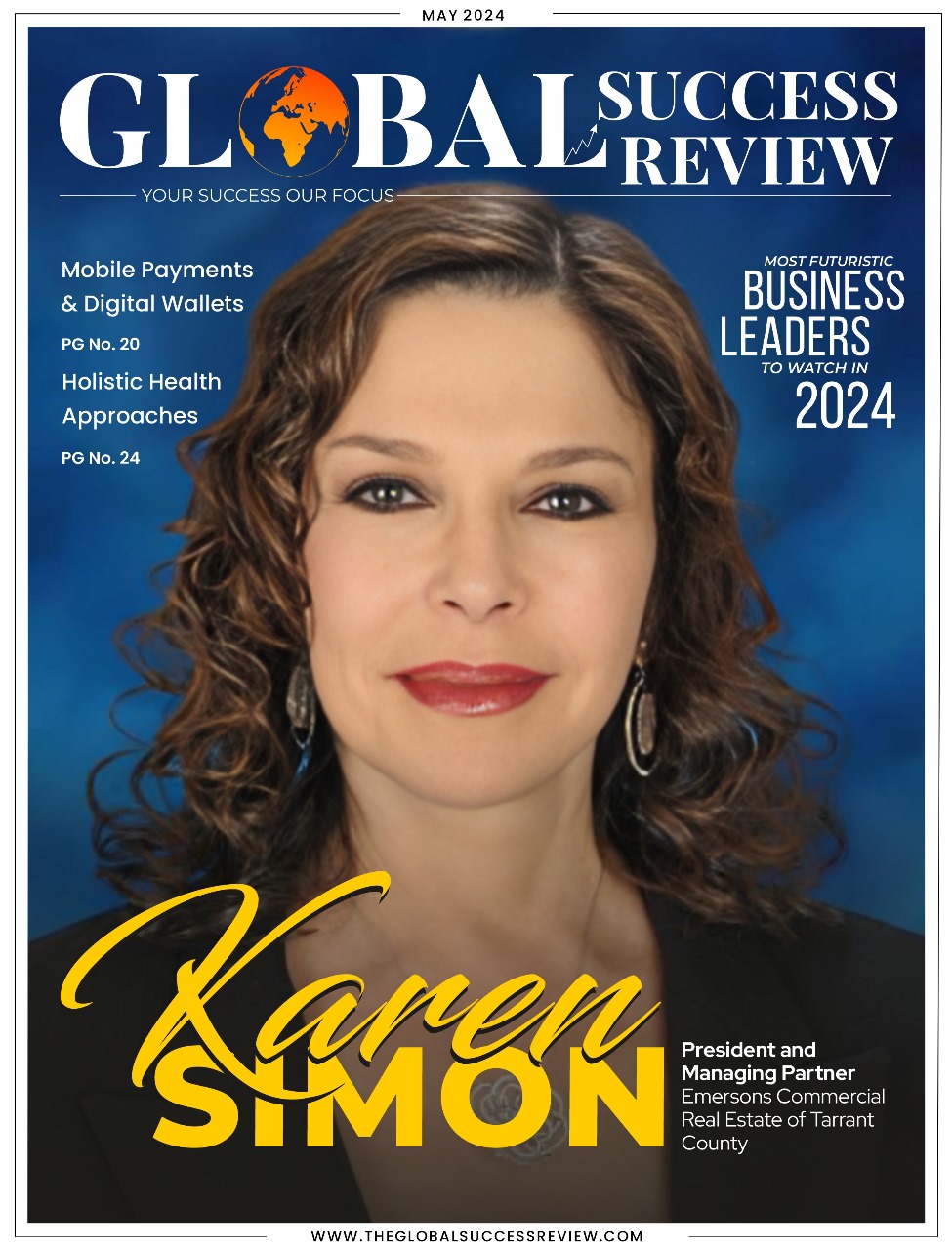In recent years, financial inclusion has become a focal point for governments, development organizations, and financial institutions worldwide. The concept revolves around providing access to financial services to all individuals, particularly those in underbanked and underserved communities. Financial inclusion is critical for fostering economic growth, reducing poverty, and promoting social equity. However, traditional banking systems have often struggled to reach marginalized populations due to geographical, socio-economic, and infrastructural barriers. Enter FinTech—a dynamic and innovative sector that is revolutionizing the financial landscape and playing a pivotal role in bridging economic gaps.
Understanding Financial Inclusion
Financial inclusion refers to the process of ensuring that individuals and businesses have access to useful and affordable financial products and services that meet their needs—transactions, payments, savings, credit, and insurance—delivered in a responsible and sustainable way. Despite the global push towards financial inclusion, over 1.7 billion adults globally remain unbanked, with no access to traditional financial services. The reasons for this exclusion vary, ranging from lack of financial literacy, and distance from financial institutions, to socio-economic inequalities.
The Rise of FinTech
FinTech, short for financial technology, encompasses a broad range of technological innovations aimed at improving and automating the delivery and use of financial services. From mobile banking and online payments to peer-to-peer lending and blockchain technology, FinTech is transforming the way financial services are accessed and utilized. FinTech companies are leveraging technology to create user-friendly platforms that provide financial services to those who have been historically excluded by traditional banks.
How FinTech is Bridging Economic Gaps
Accessibility and Convenience
One of the most significant contributions of FinTech to financial inclusion is accessibility. Traditional banks often require customers to visit physical branches to open accounts, make transactions, or apply for loans—activities that can be challenging for individuals living in remote or rural areas. FinTech, however, has brought financial services to the fingertips of consumers through mobile phones and the internet. Mobile banking apps, digital wallets, and online lending platforms enable people to manage their finances without needing to travel long distances or navigate bureaucratic hurdles.
For example, in regions like Sub-Saharan Africa, mobile money services like M-Pesa have dramatically increased financial inclusion. These services allow users to send and receive money, pay bills, and even access credit using their mobile phones. As a result, millions of previously unbanked individuals now have access to essential financial services, contributing to greater economic participation and growth.
Affordability
Cost is a major barrier to financial inclusion, particularly for low-income individuals who may find traditional banking fees prohibitive. FinTech solutions are often more cost-effective than traditional banking services. By eliminating the need for physical branches and reducing operational costs through automation, FinTech companies can offer lower fees and more affordable financial products. Digital-only banks, for example, often provide free or low-cost checking accounts, competitive interest rates, and minimal transaction fees, making financial services more accessible to a broader audience.
Financial Education and Literacy
Financial literacy is crucial for effective financial inclusion, as individuals need to understand how to manage their finances, save, invest, and borrow responsibly. FinTech platforms are increasingly integrating educational tools to help users improve their financial knowledge. These tools include budgeting apps, financial planning calculators, and investment simulators that empower users to make informed financial decisions. By promoting financial literacy, FinTech helps individuals and businesses to build wealth, manage risks, and achieve financial stability.
Credit Access and Microfinance
Access to credit is essential for economic development, enabling individuals and businesses to invest, grow, and thrive. Traditional banks often require extensive documentation and collateral, making it difficult for low-income individuals or small businesses to secure loans. FinTech companies are addressing this issue by offering alternative lending models such as peer-to-peer lending, microloans, and AI-driven credit scoring. These models assess creditworthiness using non-traditional data, such as mobile phone usage patterns or social media activity, making it easier for underserved populations to access credit.
For instance, companies like Kiva and Tala provide microloans to individuals and entrepreneurs in developing countries, helping them to start or expand their businesses. These platforms use innovative technologies to assess risk and deliver loans quickly and efficiently, thereby supporting economic empowerment and poverty reduction.
The Future of Financial Inclusion
As FinTech continues to evolve, its potential to bridge economic gaps and promote financial inclusion is immense. However, challenges remain, including the need for robust regulatory frameworks, cybersecurity concerns, and the risk of digital exclusion for those without access to technology. Addressing these challenges will require collaboration between governments, financial institutions, and FinTech companies to ensure that technological advancements translate into meaningful and sustainable financial inclusion for all.



















